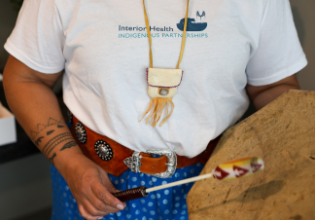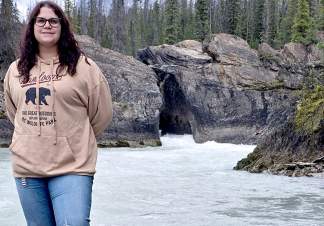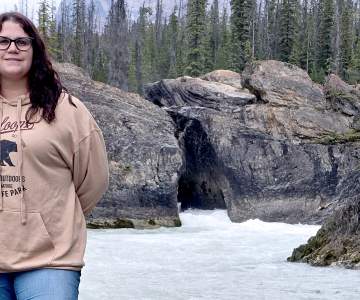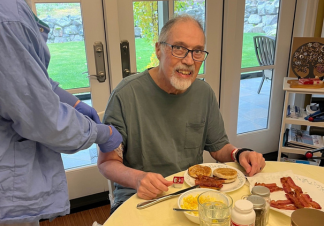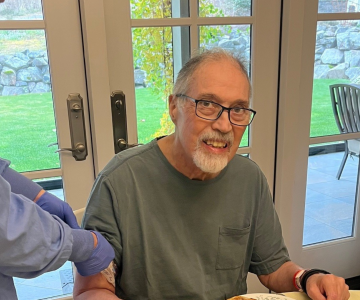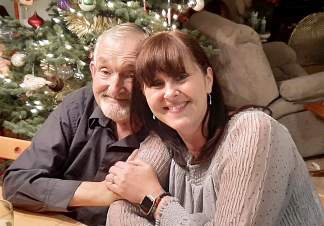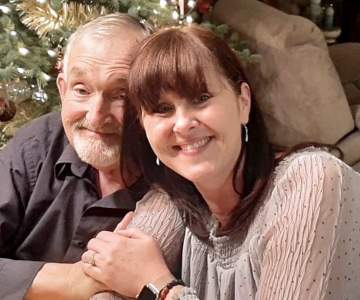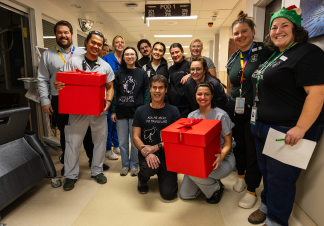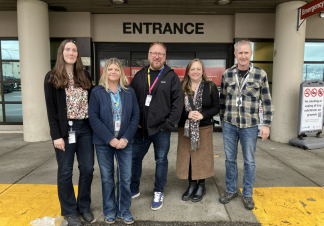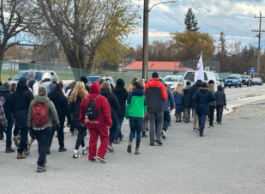In the 5 years since the In Plain Sight report was released, we’ve made strides towards being a culturally safe organization—but there’s more work to do.
Inspired by her aunt’s career as a pharmacist, Angela became a pharmacy technician to use the hands-on aspect of compounding to benefit patient care.
Souper Meals brings students together once a week over locally made soup, fresh fruit, veggies and buns, all free of charge.
With decades of experience rooted in compassion and commitment to children’s health, Dr. Jeff Wong is carving a path for pediatric care at Kelowna Hospital.
The holidays season offers opportunities to drink alcohol, and it can be easy to overindulge. Get tips on how you can drink less - and live more.
Recent Stories
More Stories
-
Load More
Showing 4 of 806
Sign up for email updates
Receive news, alerts, public service announcements and articles right to your inbox.


